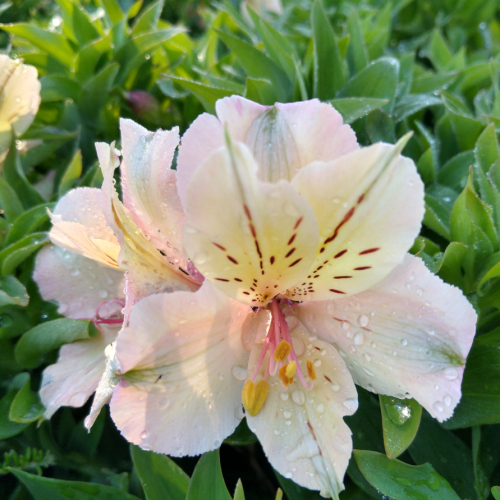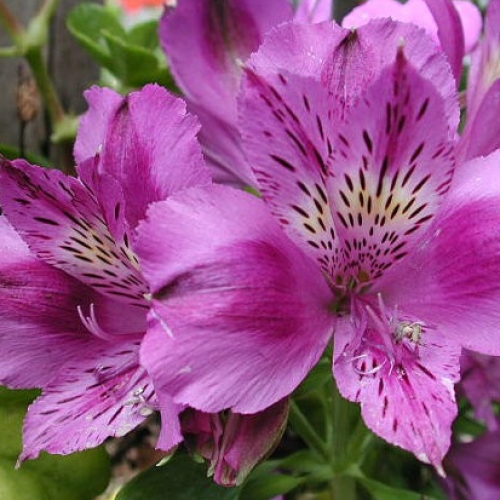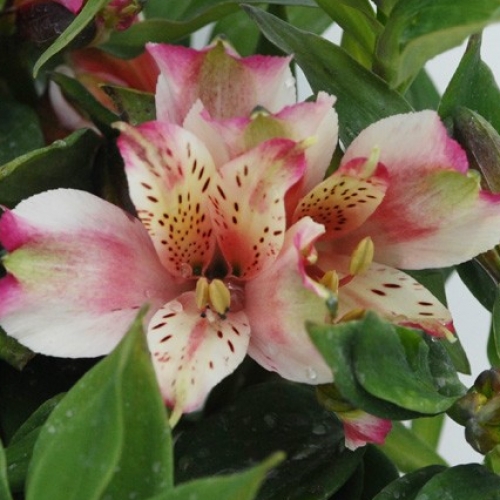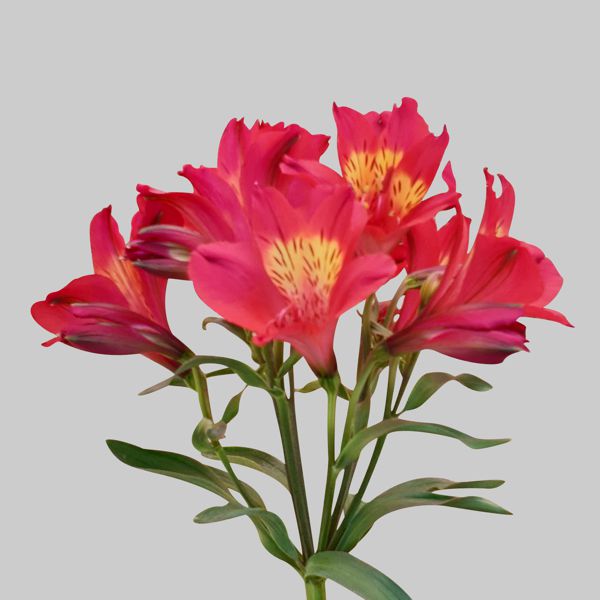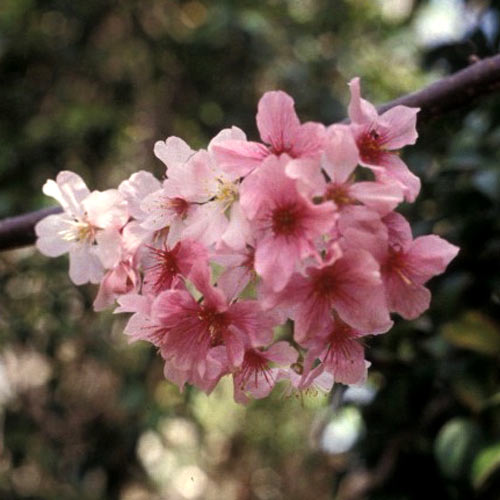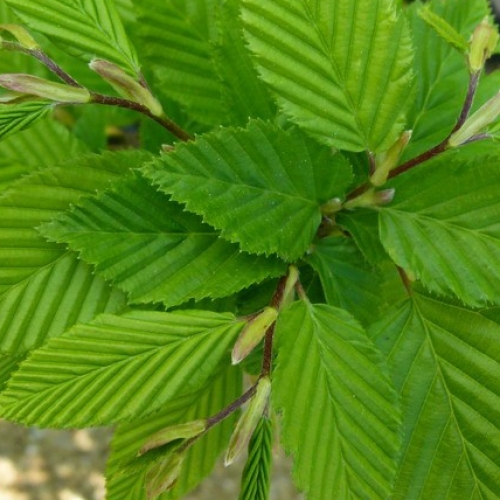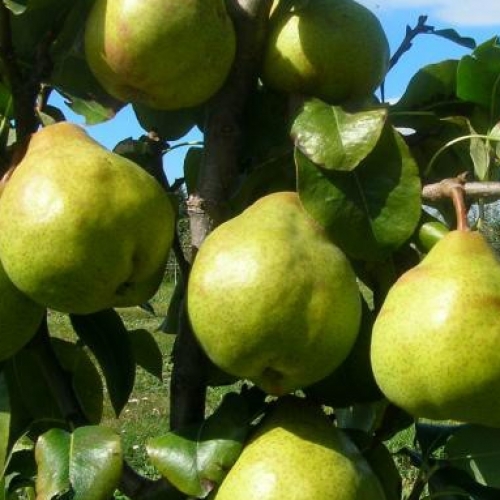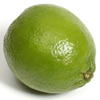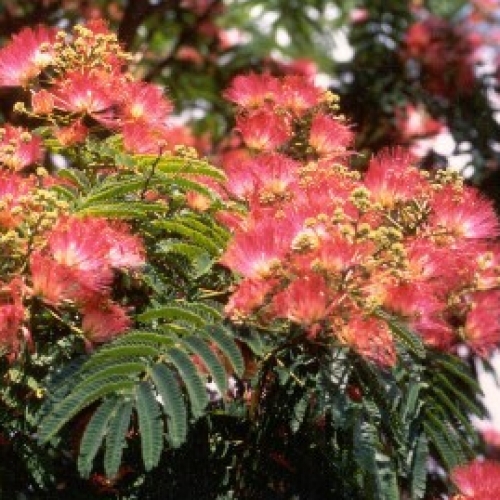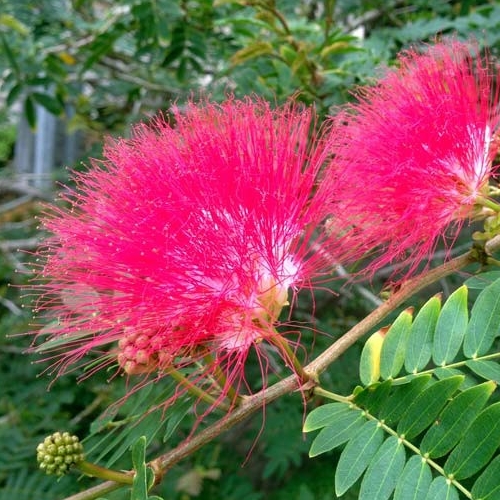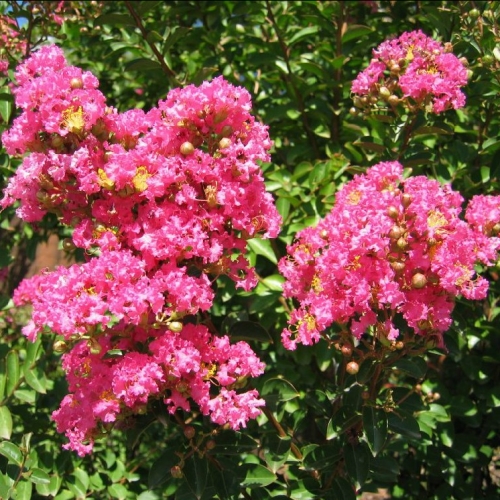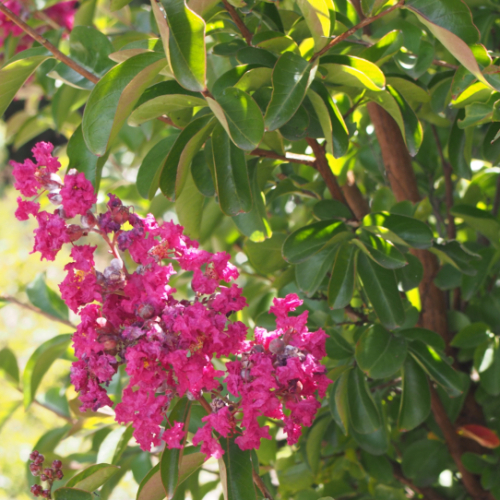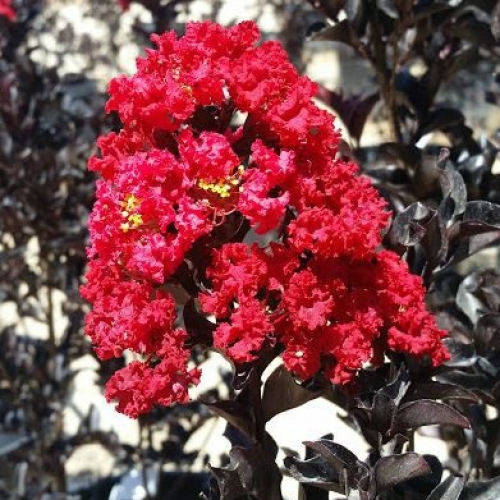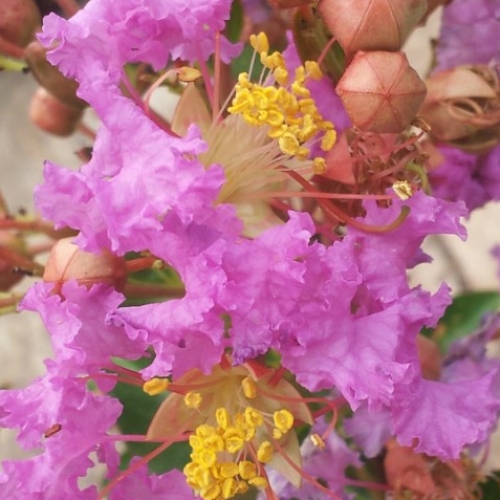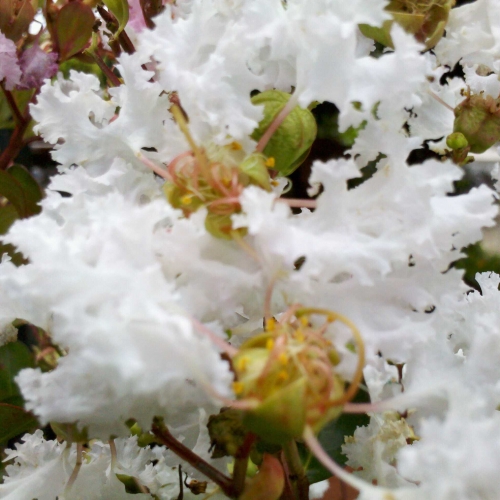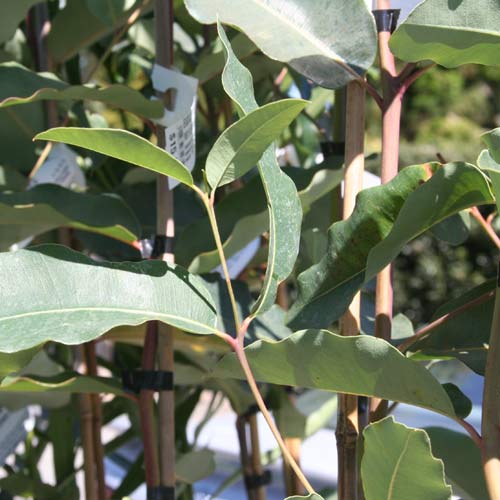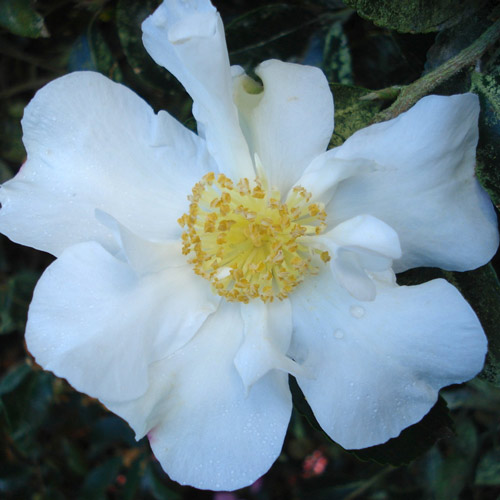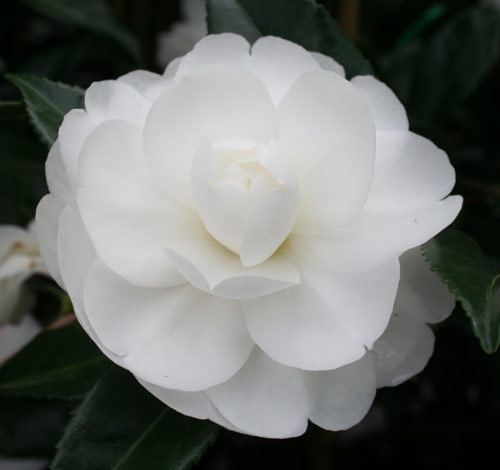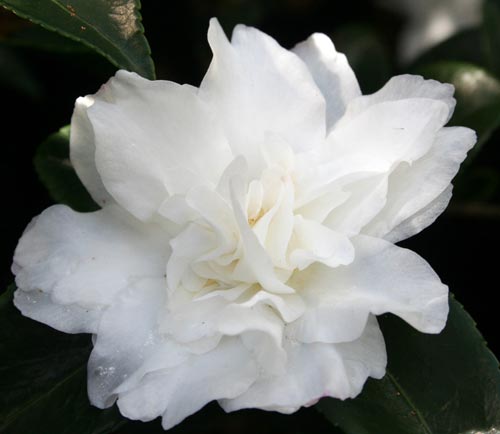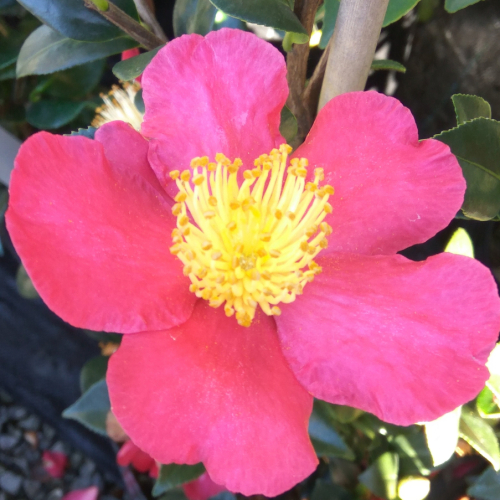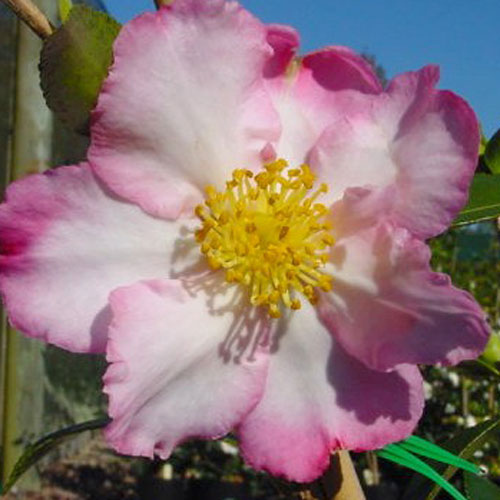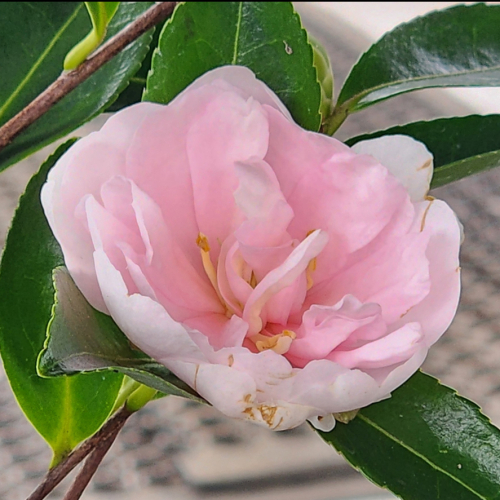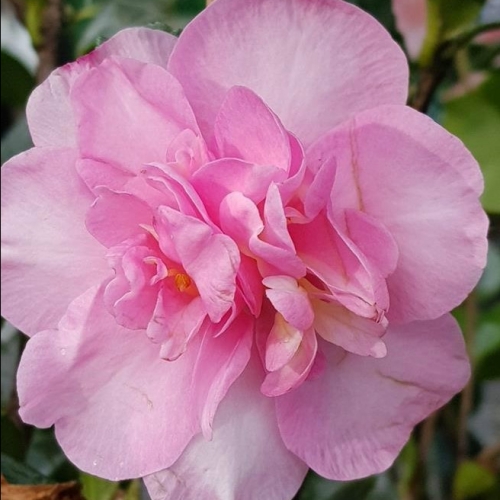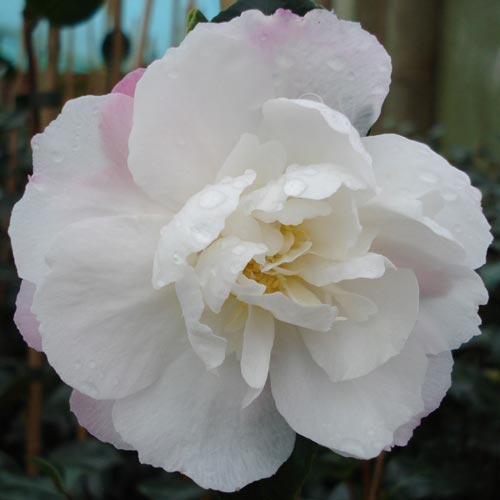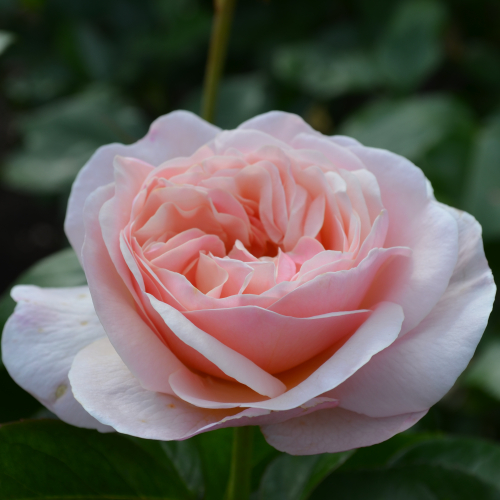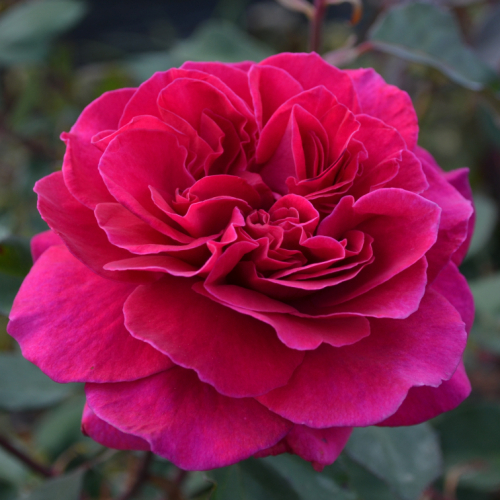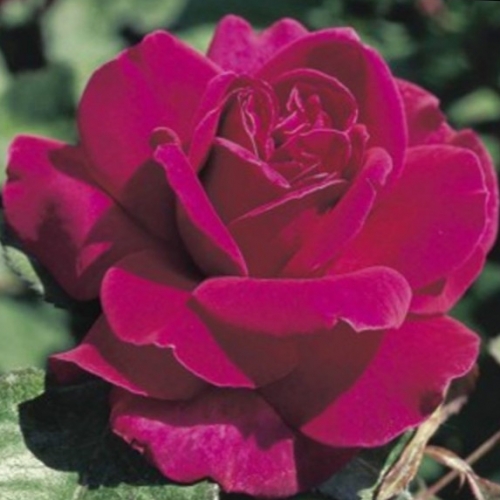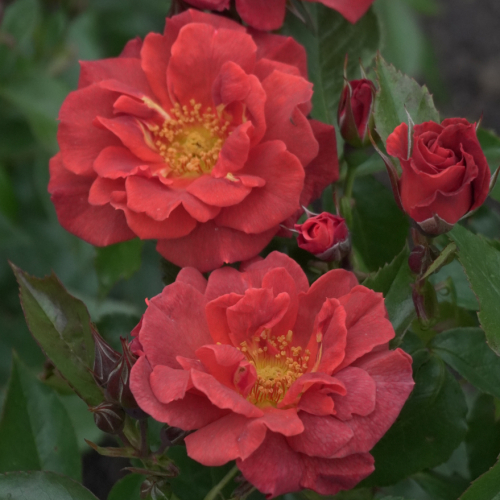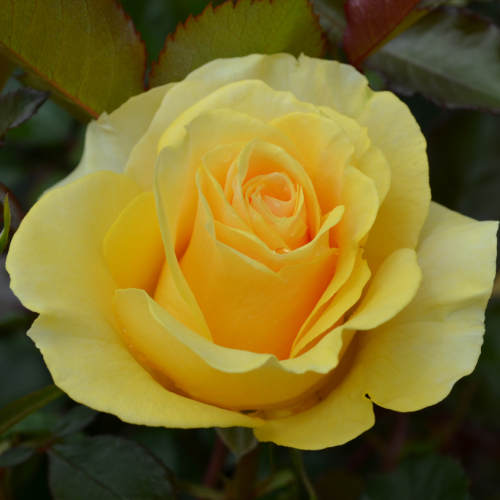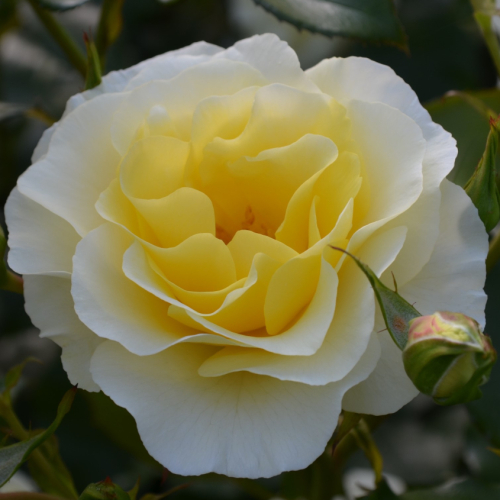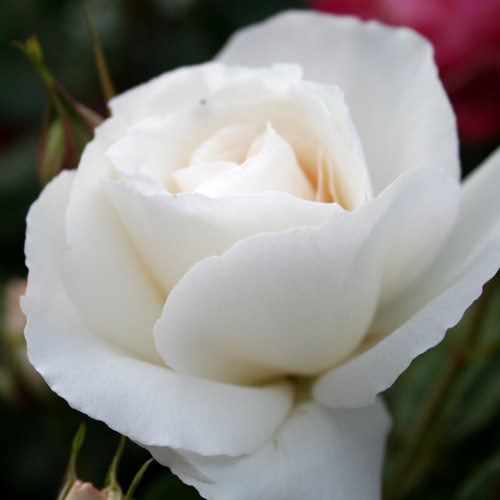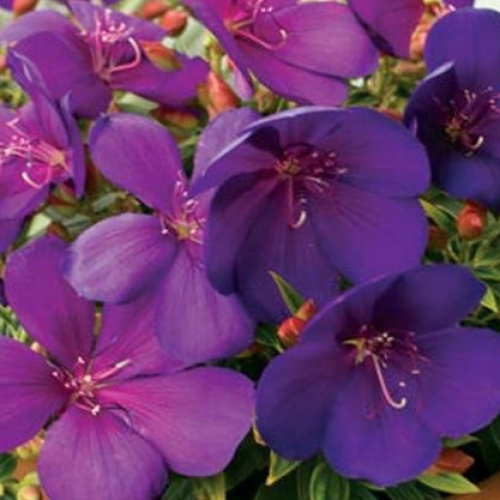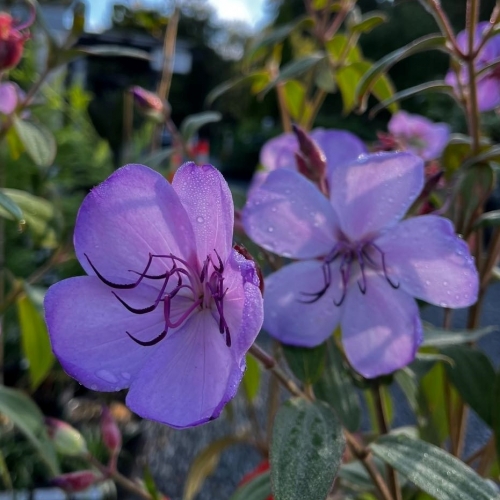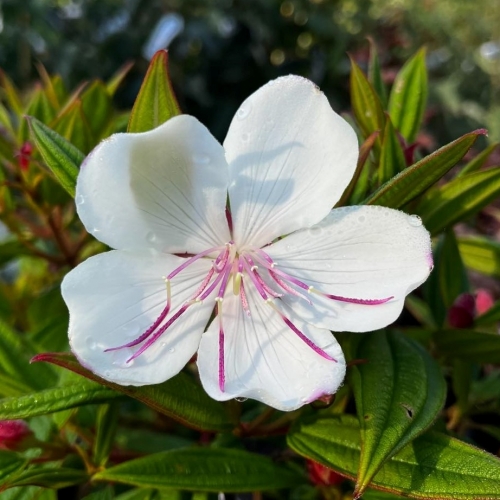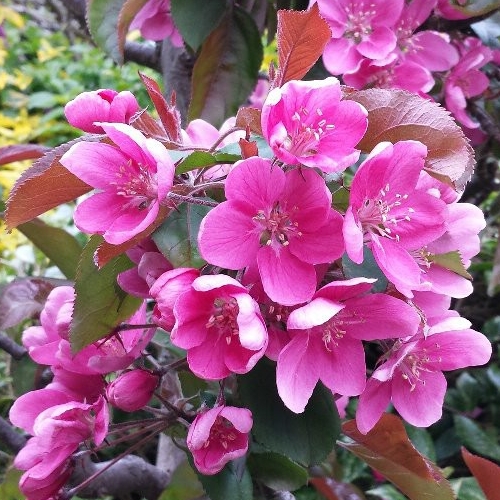Saturday 15th February, 2025
Hi
Size matters
I guess that it all comes down to the fact that horticulture is my trade and whilst you never know all the answers, I think that I have a pretty good handle on size. We do get quite a few enquiries regarding different plants' sizes and heights specified on labels and in books and other sources but I think that I can quite categorically say that no plant will grow to an exact 'stated size'.
There are always examples and of late it's the
Alstroemerias: is it 40cm or 50 to 75cm? The customer was expecting 60 to 65cm and in my head that particular brand was a medium sized Alstroe as opposed to a small or perhaps tall, so somewhere within the 50-75 cm range should be about right. The same is true of trees and we hear all the time that "what's on this label or that label is different". The truth is often the height given on labels is for most people's foreseeable future of around 7 to 10 years and not for the full lifespan, which in the case of some trees could be 100 years plus, and the 'mature' height could be vastly different.
The other very pertinent point here is that all plants are dependent on water, nutrition, sun and shade (well, I guess their environment) to perform to their best potential and so a tree planted in a quarry may only grow to half the size of the same species in a fertile paddock where conditions may be optimum. Just to throw in another angle, seedling-grown plants will also be genetically different and whilst may grow in the same height range may also vary. Most of the ornamental trees that we sell are cloned or grafted and are genetically the same, but their rootstock may vary and of course, that may have some impact on height.
Again I tend to think of trees more as small, medium and large, and what they will actually mature to, so when I see a tree or plant in the nursery all I see is its potential. On that note what I perceive as small or medium, to many of our clients would be large, maybe something to do with the size of the sections these day.
Segue here: it's time to be planning Autumn and winter planting and so the
Deciduous trees and
Fruit Trees that we have in stock are all there is available until the new season's arrive in July. If you have a drive to plant or want a specimen then now is the time to waitlist...or of course come on out and get planting.
I have had some help this week with this email with Tracy's selection of summer flowering trees.
Summer flowering trees
Now that we are all enjoying the outdoor sunny life, wherever you look summer flowering trees are putting their best foot forward. Around town at the moment the
Silk trees (Albizia rosea) are making friends and influencing people with their graceful shading canopies and fluffy pink flowers. There are a couple of cultivars being
Rosea that has the classic pink flowers whilst
Red silk is the darker pink. These make for the perfect shade tree in this hot sunny Feb that we are having. While not growing exceptionally tall they can grow as wide as 4 metres (though much wider and taller over a longer time frame).
Another stand-out summer tree is the
Crepe Myrtle (Lagerstroemia) with its bright crinkly flower clusters and slender stems which are covered in smooth, multi toned bark which I think is so sexy and you just want to touch. Probably a small to medium tree in my book.
Bergerac has pretty 'crinkled' deep magenta flowers that appear from summer to autumn. A larger-growing variety for this type of plant that could be a feature or shade tree for your perennial garden. 3.5m x 2.5m
Another variety that we have in stock is
Best Red and its claim to fame is its dark, almost black leaves which offset the bright red flowers. This one grows to about 3m and is drought hardy once established.
Other notable varieties are of more shrub stature but could be trained up into a small tree. These include:
Petite Embers: with large heads of magenta flowers. Beautiful autumn leaf colour of red and orange 1m x1m and
Tango with masses of purple flowers on terminal panicles in summer. 1m x 1m
For truly spectacular flowering you can't go past
Eucalyptus ficifolia (Red flowering gum). Once you have seen this guy in full noise in January and February you won't be able to resist. Especially perfect near the coast, it's a winner wherever soil is poor and hard frosts are not a feature. Birds and bees can't resist the bright scarlet flowers and Tuis will racing around drunk with nectar.
Camellia Sasanquas flower and herald in the Autumn
While the majority of new stock starts arriving in the winter months, the first cab of the rank are the
Camellias which start to arrive sometime from March onwards, though perhaps more into April, so now is the time to be thinking.
If you are planning a
Camellia hedge, or just after
Camellias in your garden, then perhaps think about your ground preparation. This will probably start with measuring and marking out the area you want to plant and may involve spraying off existing lawn or getting rid of any perennial weeds which will interfere with the new root systems. Camellias are shallow rooting so this initial preparation is important for them to have an easy job of establishing their place to take up water and nutrients.
As a general rule
Camellia Sasanquas make an excellent hedge as they combine the slow growing qualities (means less trimming in the long run) with generally disease free, healthy small dark green leaves which trim well into a lovely formal hedge. If you are thinking hedging then plant at one plant per metre, or some landscapers will advise 70cm spacings.
Some varieties have the added bonus of fresh red growth on the tips which looks spectacular. And of course flowers which start from Autumn and can continue well into winter!
One of the classic varieties for hedging would have to be
Setsugekka with its stunning white flowers complete with a centre of yellow. As with most sasanqua, this has the typical dark green and smaller leaf.
Setsugekka is a reliable performer and is covered in flowers for a long period in autumn.
If you prefer a more double bloom then the white
Early Pearly is your go to variety. The blooms are formal double white, with just a hint of blush pink on the outer edges. Upright vigorous habit.
Apple blossom: The flowers are single and white with a strong blush of pink on the petals edges.
Beatrice Emily: A very pretty Camellia with dainty double white blooms that are shaded softly with mauve pink on the edges. These are produced en masse in autumn and early winter.
Yuletide is something different as it has a mid red flower with large yellow stamens in the centre. I think that one makes for an excellent hedge due to its quite tight and upright habit.
As we contemplate future planting, it's exciting to think of all the new roses arrive in late May...
Looking to our new season's roses
One of NZ's leading rose breeders,
Rob Somerfield of Glen Avon Roses, has been breeding roses for NZ gardens since 1983. Over decades of successful rose breeding his focus is on producing healthy disease-resistant roses which will perform well in your garden with lots of flowers produced over the season. He is very particular about the standard of the roses he releases with his name attached. This year he doesn't disappoint with the following top new releases...
Smitten: Compact eye catching bush with lots of flowers over the season. Top petal is soft pink almost white and the back of the petal is dark pink creating the impression of a changing colour palette against healthy dark green foliage. Grows about 1m high so perfect for a pot or planter.
Mulberry Wine: Gold Star winner at the NZ Rose Society's International Rose Trials in Palmerston North with the second highest ever score (Read more by following this
link). This is a nicely shaped bush covered with masses of flowers of a striking purple colour. Nice fragrance and very healthy growth.
Old Friends: Breeders favourite and always in flower this rose is a gorgeous colour of soft lemon yellow, this is Rob's pick of a standout for the season.
Ginger Crunch: Winner of Merit award at the NZ Rose Trials this striking rose has a unique burnt orange/terracotta colour. Masses of flowers are clustered onto each stem and the buds are tightly curled pops of colour.
Endless Summer: A feature of this new rose is its ability to hold its rich yellow colour well. It picks well and has healthy dark green foliage.
Honey Bun: This delightful rose has old fashioned sass in a soft peachy tone with rich green healthy foliage. This one is great for picking with a light fragrance.
What's new in this week.
Welcome to Princess Flower also known as Tibouchina
If roses are the queen of the flowers then
Tibouchina lives up to their name of '
Princess flower'. Some of you may know these as Lasiandra: we can blame the plant scientists who continue to confuse us by changing the names of well known plants. They have done it again with the use of fancy microscopes to pin down the tiny differences between flowers which only they can spot. The latest change means some Tibouchinas are now known as Pleroma. Originally hailing from South America they look the part of tropical royalty with velvety leaves and stunning purple, blue or white flowers. These spectacular shrubs vary in height from as little as half a metre up to 2-3 metres. Dwarf forms include the likes of
Cool Baby and
Groovy Baby which get to 45cm. These little beauties would be great in a pot in full sun and protected from frost.
Taller varieties include
Blue Moon and
Purple Moon which grow to about 1.5 meters high and wide.
Peace Baby is another of medium size with large, clear white flowers with pink stamens, making it a delicate jewel in your garden display. Protect from frost and trim lightly after flowering to keep new flowers popping through all year round.
At the smoko table this morning there were some comments about the freshness in the air and feeling of autumn coming. Obvious signs of autumn are that Crabapples are starting to colour up, rose hips are developing, naked ladies (Amaryllis belladonna) are everywhere and, of course, the leaves of all the trees are showing signs that their job has been done for the year. We were really fortunate the other day to get a decent thunder shower of around 17 mls, but I think that rainfall has been a bit hit and miss around the region.
Lots to look forward to in the coming months with gardeners breathing a sigh of relief with every drop of rain. Bring on the autumn!
Have a great weekend.
Cheers From Lloyd, Tony and the Wairere team.
